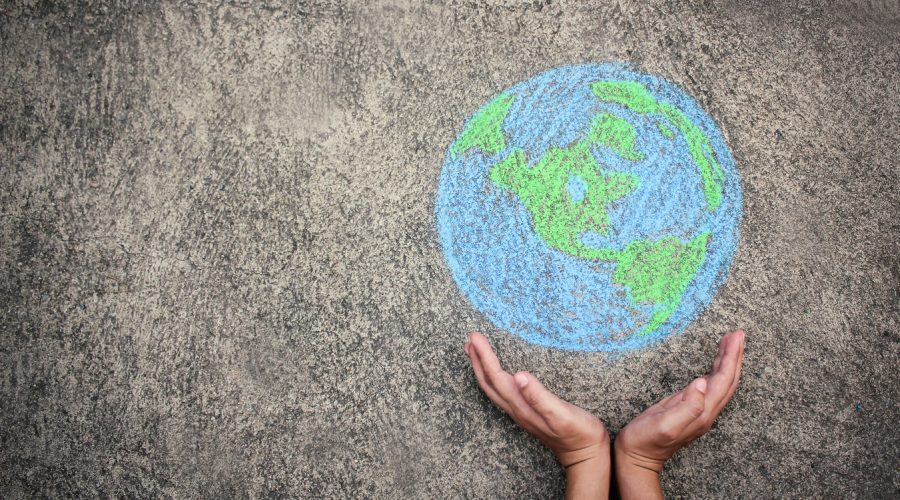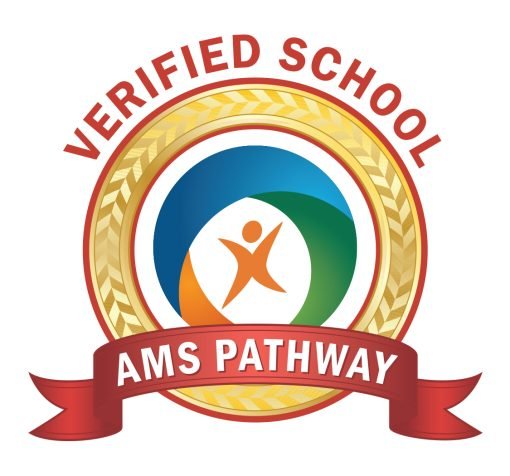What is Peace?
Here are some of the answers from children when asked this question over the years.
- practicing silence or stillness
- not fighting
- sharing is caring
- being calm
- using inside voices
- being nice to your friends
- giving or receiving a big hug
The textbook definition of peace could mean the lack of war, or it may be defined as experiencing a sense of calmness.
What does it really mean?
On a broader level, the definition may vary depending on specific needs. For example, a sense of peace may result from having access to basic needs such as food, shelter, clean water, or access to education. For war-torn countries, peace is felt when there is an end to the war in their home country. For others, it could be the feeling of returning to the safety and comfort of their home.
"Establishing lasting peace is the work of education; all politics can do is keep us out of war." -
Maria MontessorI
Maria Montessori was a visionary who once said, “The child is both a hope and a promise for mankind.”
Today, the Montessori curriculum carries on her vision by introducing the idea early in a child’s education, equipping them with the tools to bring about a world of peace and tolerance.
Peace Education is the glue that binds all areas of the Montessori Curriculum
In the Montessori Classroom, children are introduced to the following concepts:
Grace and Courtesy
Lessons show children how to respect themselves, their friends, and the environment. One of the most important lessons in the Montessori classroom is the practice of conflict resolution. In this lesson, children learn how to identify their emotions, express how they feel to another and how to listen to another person. This practice leads to finding solutions for working together.
The Peace Shelf
Just like math and language lessons, the peace shelf provides physical, concrete tools which inspire the idea of peace. For instance, we use the peace rose or a peace stick to facilitate open dialogue between children when they face a conflict.
Mindful Movement through Yoga
An activity we practice in the classroom to demonstrate how mindful movement can help to experience inner peace.
The Silence Game
Promotes self-control, concentration, grace, courtesy, and self-discipline.
Cultural Studies
A concept to bring awareness of how people live in different parts of the world by examining their needs, religion, food, and language.
Learning through History
We examine the lives of world leaders and their efforts to stand up for social justice, human rights, and equality.
Each of these concepts helps children learn what it means to be tolerant of differences and to recognize and show empathy to others. In addition, they learn how to communicate their needs and experience inner peace.
September 21st is the International Day of Peace. This day provides a globally shared date for all of humanity to commit to peace above all differences and to contribute to building a Culture of Peace. At MHFC, we join communities worldwide with a Peace Parade and sing “Light a Candle for Peace.”
About the Author
Maitreyi Pampattiwar is an (EC4) teacher at MHFC. In addition to holding a bachelor’s degree in Architecture, she earned AMS Early Childhood Montessori Credentials from Houston Montessori Center. Maitreyi believes a child’s education shouldn’t aim to prepare him for school but for life beyond the classroom. She lives with her husband and daughter, who is in medical school. In addition, she enjoys traveling around the world, exploring landmarks, and experiencing different cultures.




